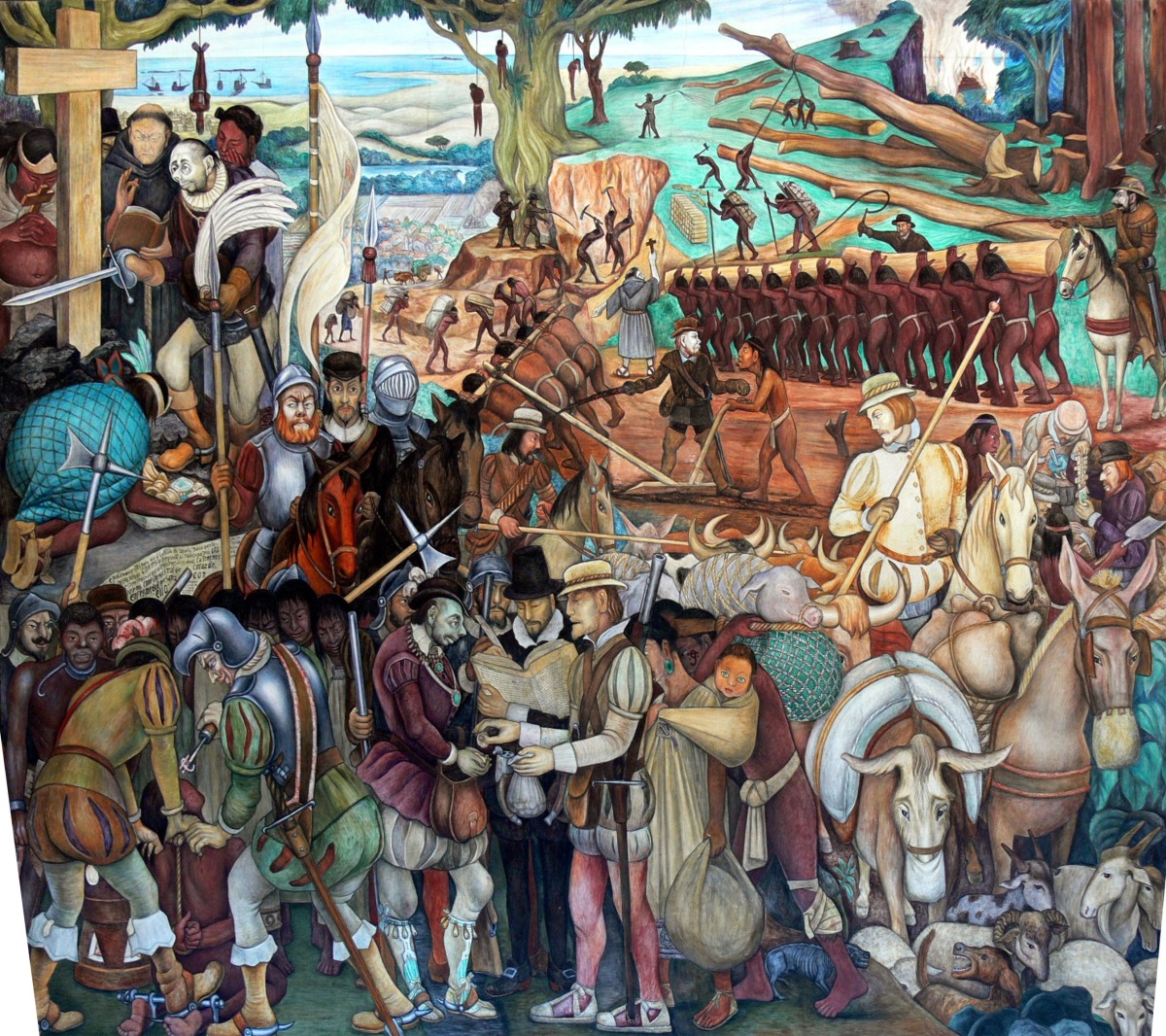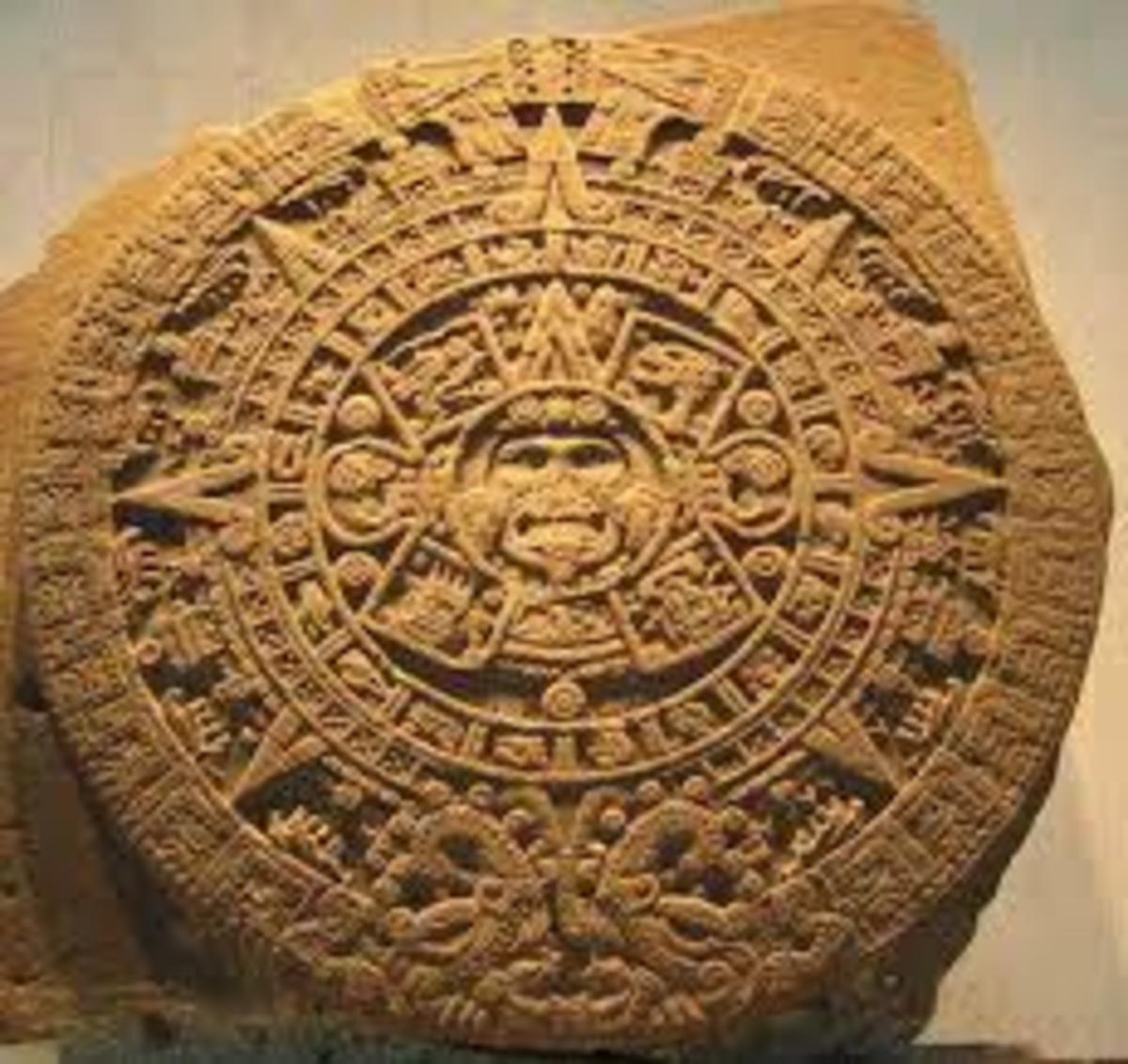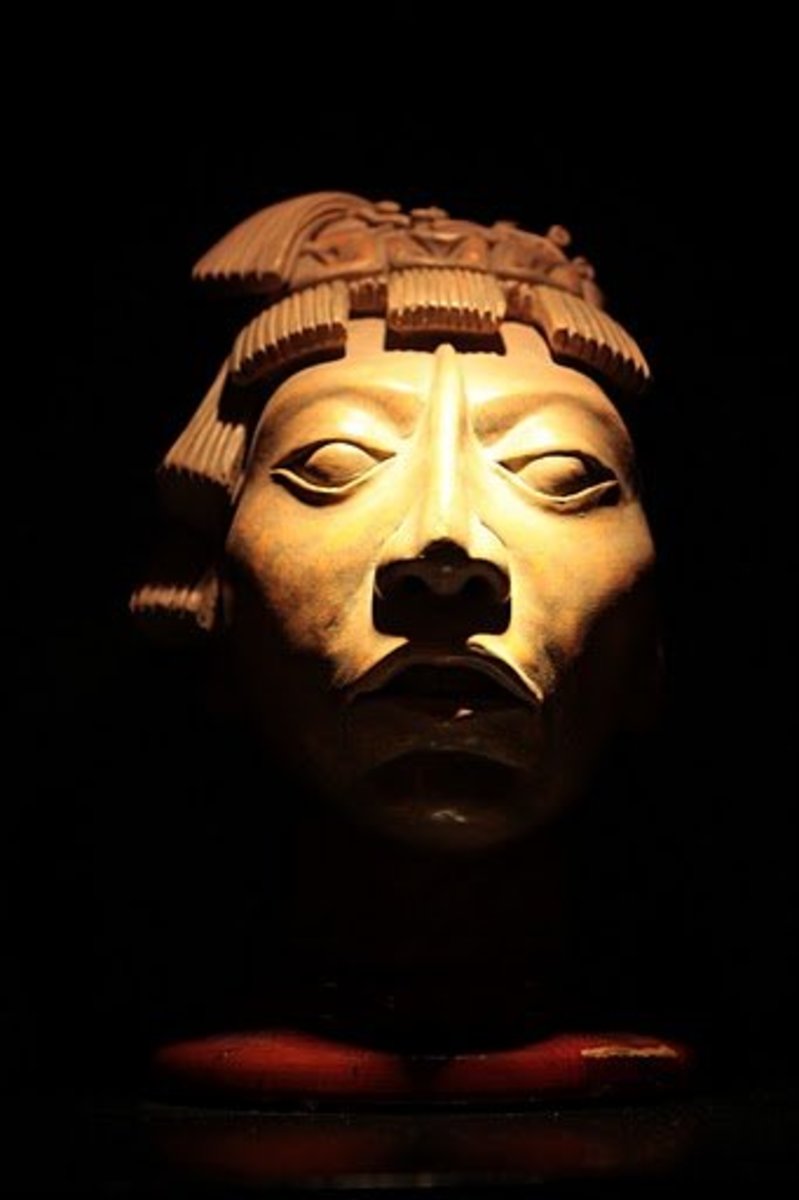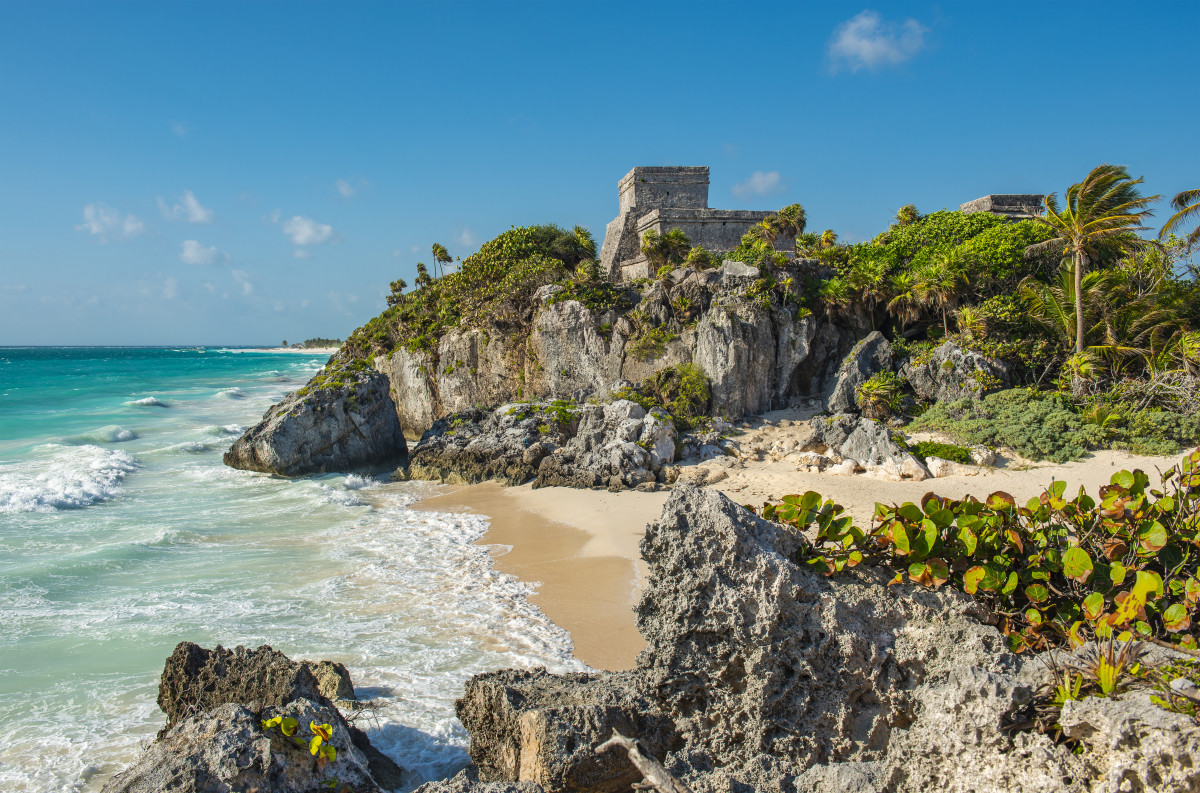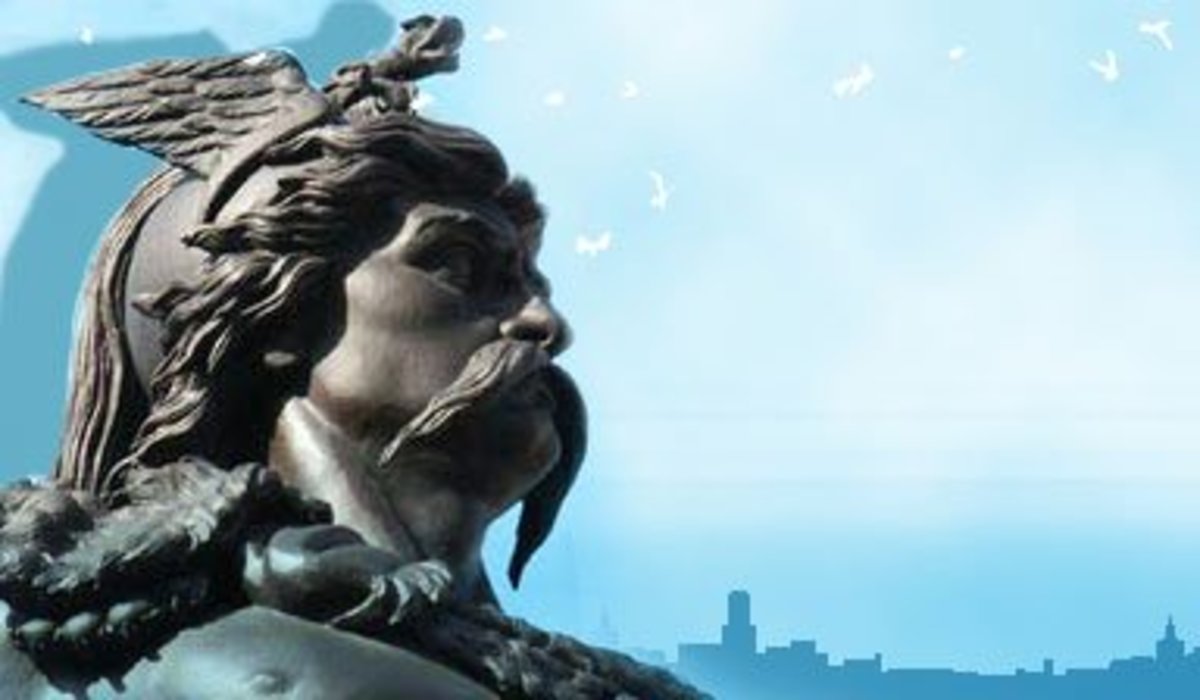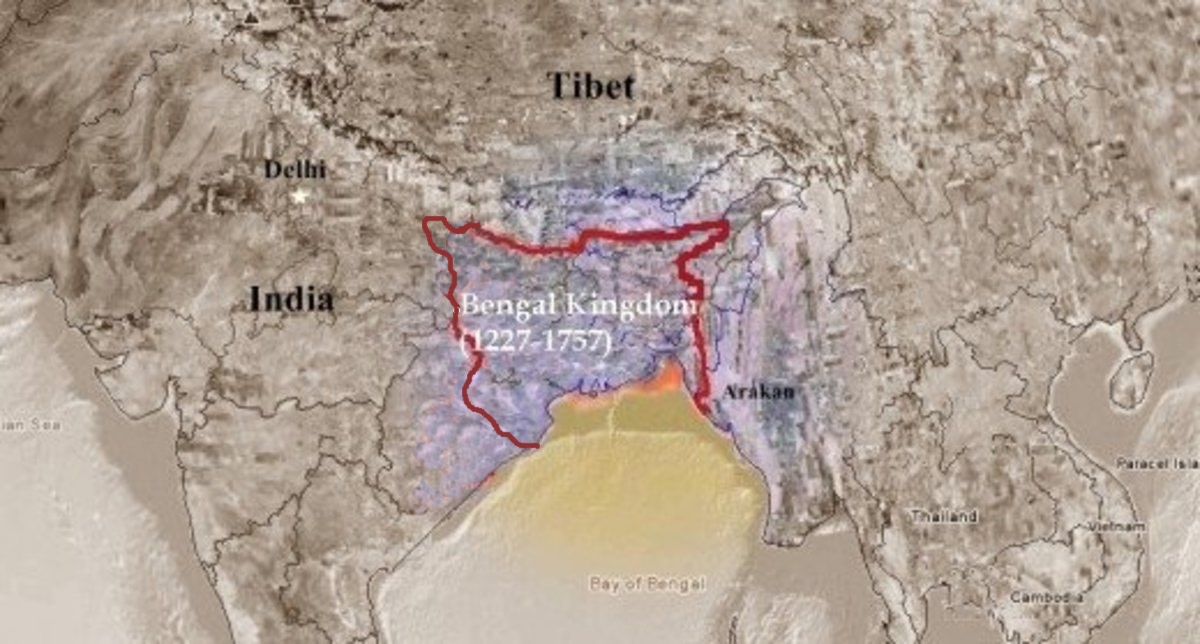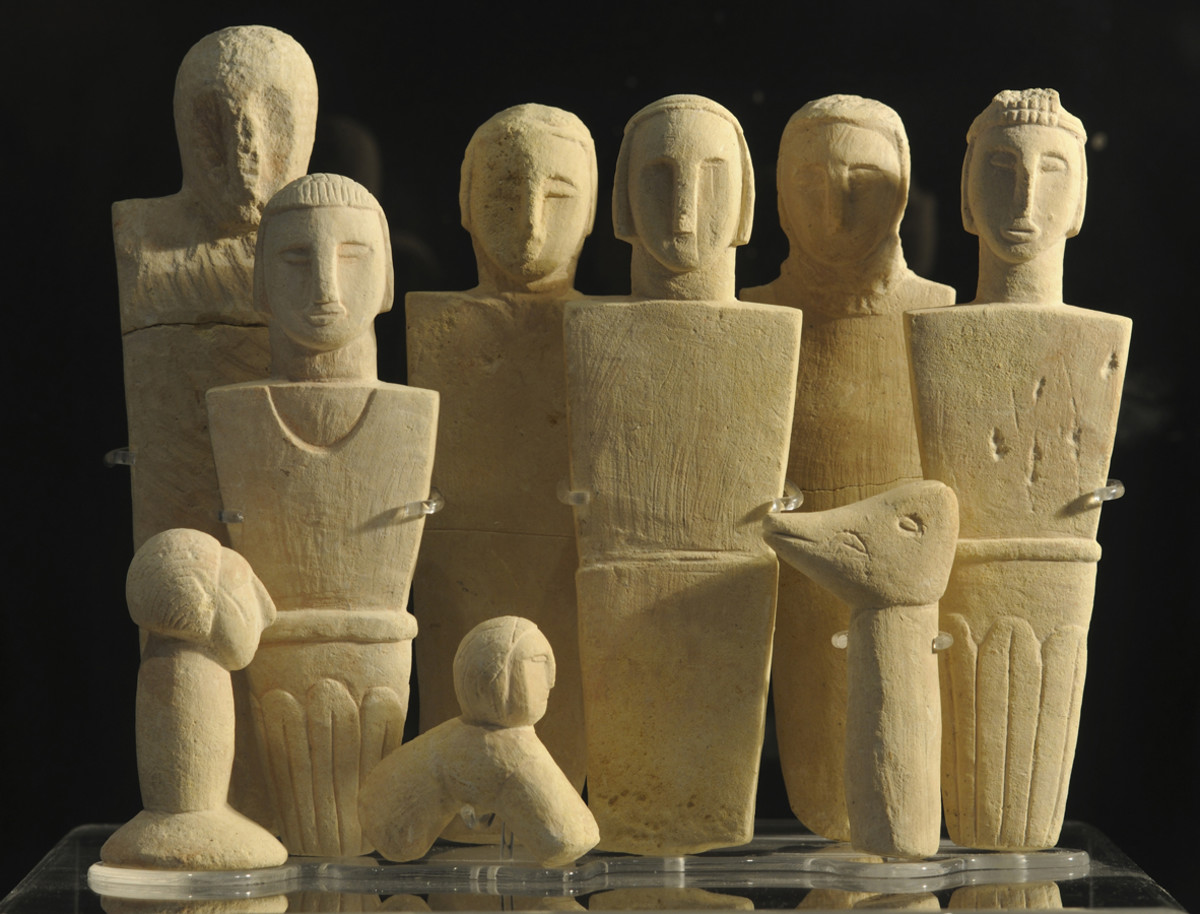The Mysterious Toltec
Indisputable Traces of the Toltec
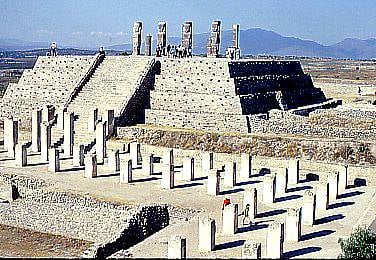
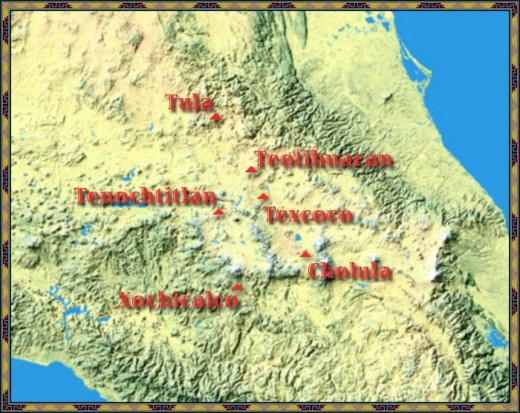
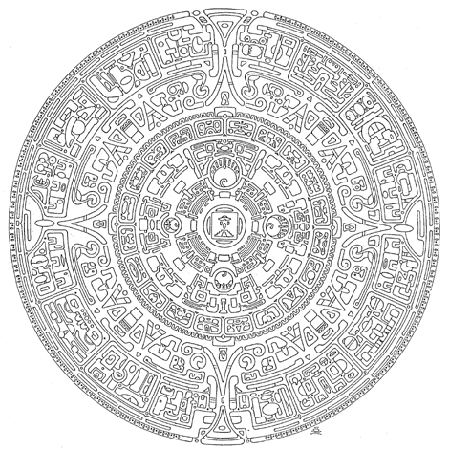
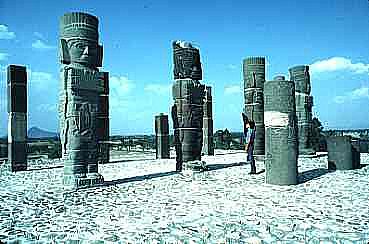
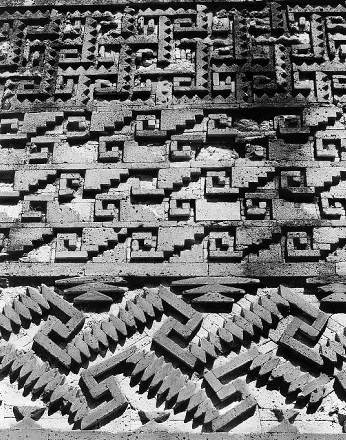
Even now, plenty of confusion exists about the Toltec
The Toltec were around when the Aztecs were just getting started. The Aztecs called the Toltec “The Wise Ones” who laid down artistry and civilization. The Toltec like the Aztec and Maya were pyramid temple builders that thrived in Mesoamerica from 800 to 1000 AD, the early post classic period of Mesoamerica. They were contemporary to the Maya and share a lot in their design principles for temples and carving. The Toltec were centered in what is now called Tula Hildago. During this time, the Aztec were still in the hunter-gathering state of living. They attribute the Toltec as giving them the inspiration for civilization building, especially after they settled in what is now Mexico city. The Aztec eventually gave an account of the Toltec to the conquerors as they did not have a well evolved writing system such as the Maya had. The Maya did not comment on the Toltec, adding to the mystery. What the Aztecs stated was eventually recorded and handed down to modern times.
The Spanish recorded the account in the Florentine Codex which describes the Aztec view of the Toltecs like this:
"The Tolteca were wise. Their works were all good, all perfect, all wonderful, all marvelous... They invented the art of medicine... And these Tolteca were very wise; they were thinkers, for they originated the year count... These Tolteca were righteous. They were not deceivers. Their words [were] clear words . . . They were tall; they were larger [than the people today]... They were very devout... They were rich. (Sahagún, 1950–1982: book 10, 165–170)"
The foregoing is quite a eulogy of a people. But we must consider that the Inca and to a lesser extent, the Maya lived in a collectivist life style where the necessities of life were distributed in such a manner that there was no such thing as poverty or want. During famines, all were rationed equally, sharing the burden of hard times. Apparently according to the Aztec, so did the Toltec as theft and dishonesty were virtually unknown. Another difference surfaces when we consider that it was the Olmec from whence the day count originated and that this was passed on to the Maya and Aztec. The Olmec preceded all of them and it was the Maya that had the closest contact. The Olmec flourished during Mesoamerica's formative period, dating approximately from as early as 1500 BCE to about 400 BCE. They were the first great Mesoamerican civilization and laid many of the foundations for all the Central and South American civilizations that followed. There is evidence that the Olmec practiced ritual bloodletting, played the Mesoamerican ballgame, which are hallmarks of nearly all subsequent Mesoamerican societies, among other firsts. Thus, as we have the Aztec account second hand via the Spanish and the Maya account first hand, we have to consider the Maya account plus the archeological evidence as support for the Olmec. This does not lessen the Toltec influence, but restricts it to the relationship with the Aztecs.
The Aztecs; Successros to the Toltec
There is some debate about the Toltec conquest of Chichen Itza; a Maya city state that was already established. There is further debate about the extent of the Toltec beyond Tula Hidalgo to those of the in Teotihuacan and Tenochtitlan. The range of territory was small, but not without influence. The Toltec are noted for well crafted pottery in the form of “orange ware”. They also traded in obsidian, highly regarded and prized by both the Aztecs and Maya. For the Aztecs, obsidian was used in the temple sacrifices. The Maya used obsidian for blood letting by piercing their tongues or in the case of men, their penises. The highland Maya controlled obsidian resources of their own, so the Toltec contribution was limited by region and time. Other than this, there are similarities in the carving of friezes and stellae in Tula and Chichén Itza. At least in this region there was some apparent mixing of culture especially in the late and post classic periods. One account has Chichen Itza taken over as a result of a violent military invasion by the Toltec led by Kukulcan. The influence is thought by some to have extended to Mayapán and the Guatemalan highlands. This is not so far fetched as the Maya and Aztecs also shared a lot of traits, the chief of which was their unique system of time keeping based on the skies. In any case that can be hypothesized, we have to take the unique evidence found in Tula, Hildalgo where unique Toltec sculpture and art is found that differs from all the surrounding territories. Though influences can be seen as far south as the Guatemalan highlands, we can find influences going in the opposite direction too as there was an active trade between territories and cultures during time of peace. During war, victors would loot the conquered territories taking all that was useful including captives for slaves and sacrifices. Claims of Toltec ancestry with a ruling dynasty founded by Quetzalcoatl/Kukulcan have been made by such civilizations as the Aztec, the Quiché and the Itza' Maya.
During the classic period, Teotihuacán dominated and influenced many surrounding territories. Little wonder when we marvel at the wonderful abandoned city today with its huge pyramids and causeway. The mostly intact city rivaled other great civilizations around the world in its monumental construction. The sun pyramid alone is spectacular in size. Teotihuacán was not conquered, but abandoned as a result of what is considered to be the influence of a long standing drought. The knowledge of pyramid building oriented to the sky likely spread out from their to surrounding later cultures in all directions including what we know as the Toltecs. Teotihuacán can be thus considered in part as a pre-Toltec city and culture, but it can be argued that Teotihuacán can be early forms of Aztec and Maya.
Teotihuacán itself was established some time around 200 BCE and flourished until about 250 AD. The city lasted until about the 7th century AD when a prolonged drought finally caused the surviving inhabitants to flee to the country in a bid to survive. It was so large and opulent that at its height, it was thought to have 200,000 inhabitants, rivaling the size of the later Tikal. The population was so large, that the city boasted multi-floored apartment complexes to house its population. The confusion as to the Toltec being the builders comes from the fact that the Nahuatl word Toltec itself means builder or craftsman of the highest skill and this can apply to anyone with such skills such as the Aztec, the Maya and Inca; all of whom had undisputed skills in many areas of life. Even in Tula, Hildago that is indisputably “Toltec” in the distinct cultural sense we see a high level of skill in sculpture, pottery and building.
Much mystery surround the Toltec to this day and the fact that they did not survive to the time of the European conquests leaves much of their history inaccessible.
There is only limited information on the Toltec


